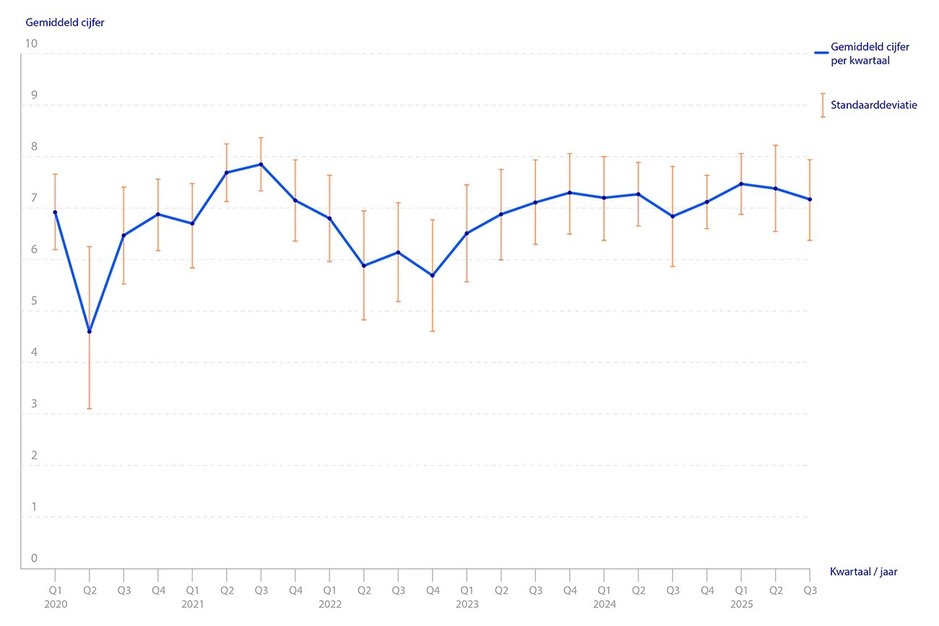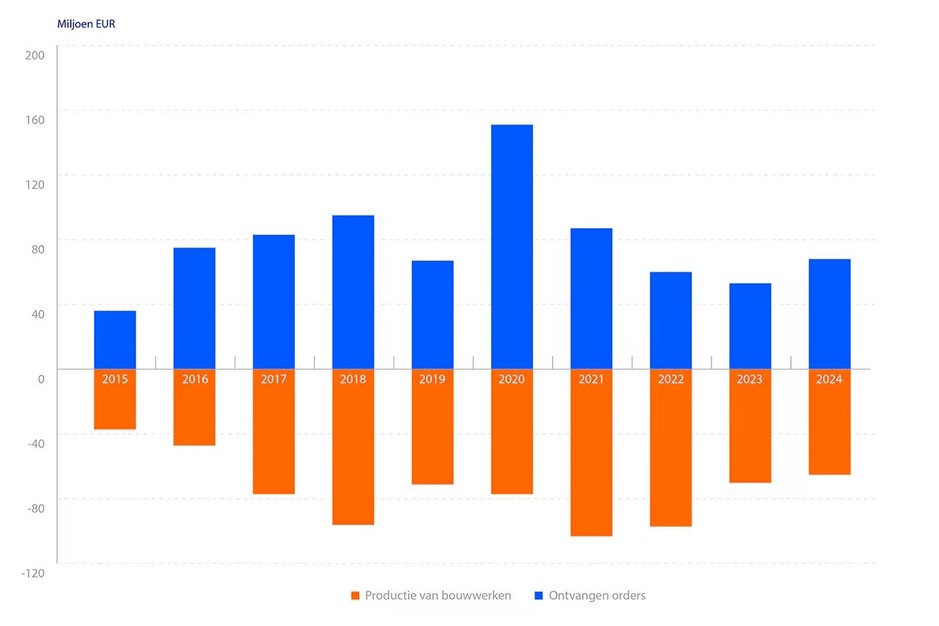Kenya’s floriculture sector continues to perform steadily in 2025, according to Rabobank’s third-quarter horticulture update. The report shows that demand and pricing in the international flower trade remain sufficient, providing stability for growers despite broader challenges in global agriculture.
A key development highlighted in the update is Kenya’s growing diversification of export markets. Traditionally dependent on Europe, Kenya’s exports to the European Union and the United Kingdom have now stabilized at around 440 million US dollars.

At the same time, sales to non-European destinations have been climbing. In particular, exports to regions such as the Middle East and Kazakhstan rose significantly, from 142 million dollars in 2019 to 223 million dollars in 2023. This growth indicates that Kenyan growers are tapping into new markets and reducing reliance on traditional auction systems in Europe.
The Rabobank report points out that this diversification is helping balance risks linked to changing consumer demand and regulatory pressures in Europe. By expanding their reach beyond the EU, Kenyan exporters are building resilience into their value chains and positioning themselves more securely in the global marketplace.

Overall, the Q3 2025 update paints a cautiously positive picture for Kenya’s flower industry. Pricing remains at a stable level, exports to Europe are holding their ground, and non-European markets are becoming increasingly important. Together, these trends suggest that Kenya’s role as a leading supplier of cut flowers is secure and evolving as global trade patterns continue to shift.
Source: Rabobank
